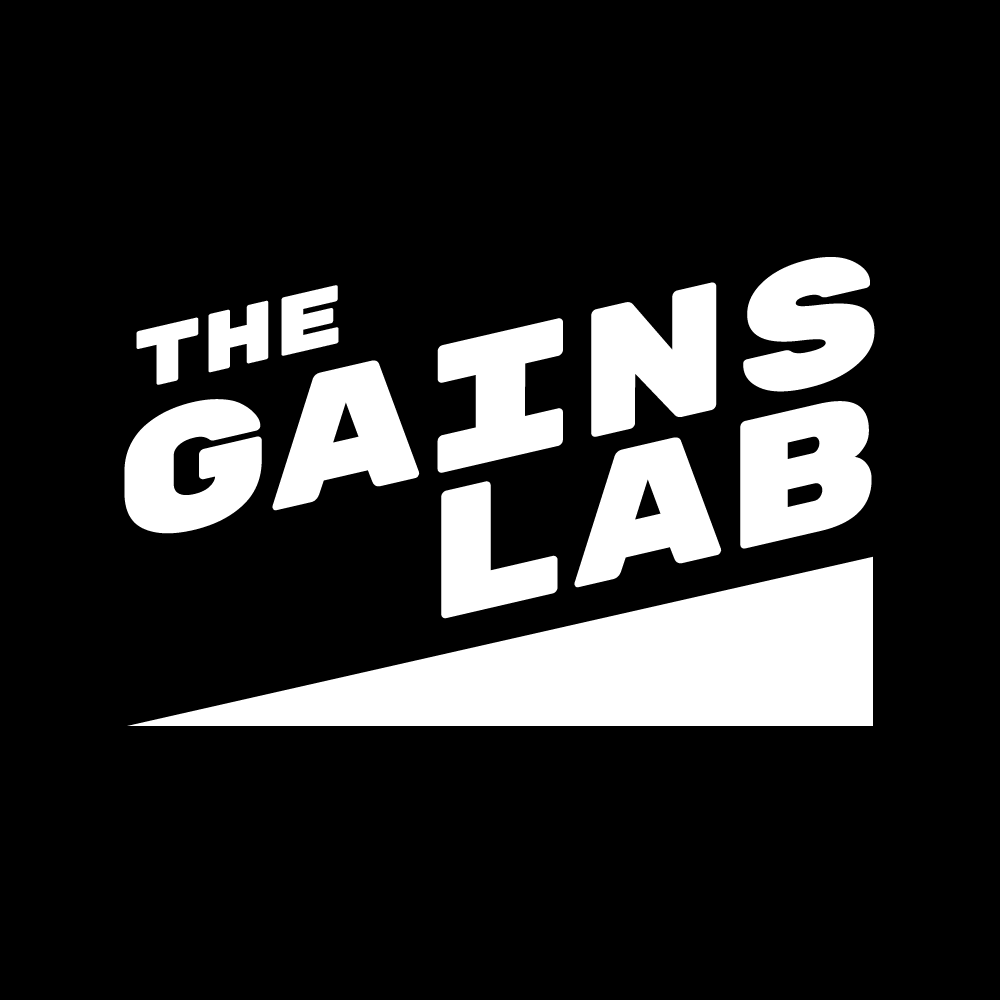Skeletal Muscle Phosphocreatine Recovery in Exercise-Trained Humans is Dependent on O2 Availability
Abstract
This study investigates the relationship between oxygen (O2) availability and phosphocreatine (PCr) recovery in human skeletal muscle post-exercise. Using 31P-magnetic resonance spectroscopy (MRS), the authors tested the hypothesis that varied O2 availability modulates PCr recovery following submaximal exercise. Six male subjects performed exercises under different inspired O2 fractions (FIO2). Results showed significant differences in PCr recovery time constants under hypoxic, normoxic, and hyperoxic conditions, demonstrating that PCr recovery is significantly influenced by O2 availability.
Introduction
PCr recovery from submaximal exercise is a reliable measure of muscle oxidative capacity. This study aims to explore how O2 availability affects oxidative metabolism during recovery, as measured by 31P-MRS. The hypothesis is that increased O2 availability enhances PCr recovery, while decreased availability slows it.
Methods
Subjects: Six healthy, exercise-trained males.
Exercise Protocol: Submaximal plantar flexion exercise under three FIO2 conditions (0.10, 0.21, 1.00).
31P-MRS: Used to measure PCr recovery in the gastrocnemius muscle.
Data Analysis: Monoexponential fit of PCr recovery, statistical analysis using repeated-measures ANOVA.
Results
PCr recovery time constants were longer in hypoxia (33.5 ± 4.1 s) and shorter in hyperoxia (20.0 ± 1.8 s) compared to normoxia (25.0 ± 2.7 s).
End-exercise pH values were consistent across all conditions.
Arterial O2 saturations were significantly different across FIO2 conditions.
Discussion
O2 Availability: O2 plays a critical role in mitochondrial function during recovery, affecting PCr recovery rates.
Oxidative Capacity vs. Mitochondrial Function: Changes in O2 availability alter mitochondrial function, not capacity.
Implications: Differences in PCr recovery rates should consider O2 availability, not just metabolic limitations.
Conclusion
PCr recovery in exercise-trained humans is significantly influenced by O2 availability. This study highlights the importance of O2 in mitochondrial function during muscle recovery, suggesting that measurements of PCr recovery should account for variations in O2 availability.
Glossary of Terms
Phosphocreatine (PCr): A molecule in muscle cells that rapidly generates ATP during high-intensity exercise.
Oxygen (O2) Availability: The amount of oxygen available for muscle cells to use during and after exercise.
31P-Magnetic Resonance Spectroscopy (MRS): A non-invasive imaging technique used to measure concentrations of phosphorus-containing compounds in tissues.
Fraction of Inspired Oxygen (FIO2): The percentage of oxygen in the air that is inhaled.
Monoexponential Time Course: A mathematical model describing the rate of PCr recovery over time.
Mitochondrial Respiration: The process by which mitochondria produce ATP through oxidative phosphorylation.
Oxidative Capacity: The ability of muscles to use oxygen to produce ATP.
Arterial O2 Saturation: The percentage of oxygen-saturated hemoglobin in the blood.
Hyperoxia: A condition where there is an excess of oxygen in the tissues.
Hypoxia: A condition where there is a deficiency of oxygen in the tissues.
Normoxia: A condition where there is a normal level of oxygen in the tissues.
Intracellular Oxygenation: The level of oxygen within muscle cells.
Mitochondrial Recruitment: The process of engaging more mitochondria to meet increased energy demands.
ATP Synthesis: The production of ATP, the primary energy carrier in cells.
Metabolic Acidosis: A condition where there is an excess of acid in the body due to metabolic processes.
Submaximal Exercise: Exercise performed at a level below maximum intensity.
Time Constant (τ): A parameter representing the rate of PCr recovery.
